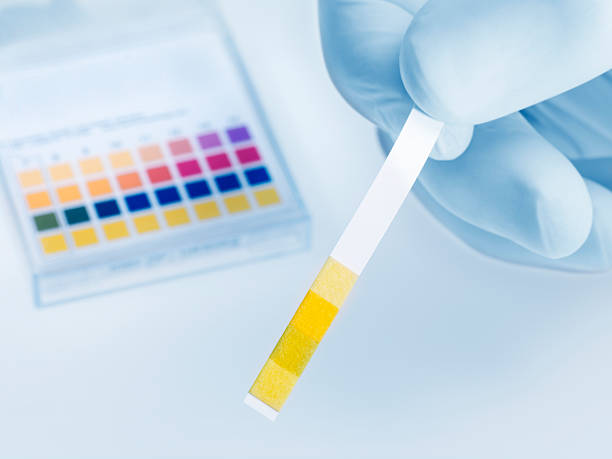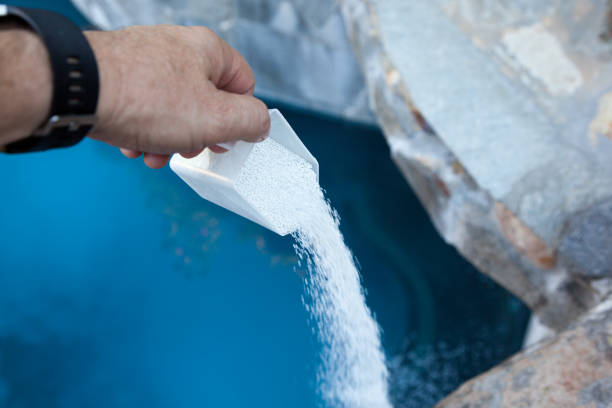Maintaining a sparkling, inviting pool requires more than just regular cleaning and filtration. One crucial aspect of pool maintenance that is often overlooked is pool shocking. Understanding pool shock—when to do it, why it’s necessary, and how to do it properly—is essential for every pool owner’s arsenal of knowledge. In this comprehensive guide, we’ll delve into the intricacies of pool shock and emphasize the importance of using appropriate shock treatments.

When to Shock Your Pool
Knowing when to shock your pool is paramount to keeping it clean and safe for swimming. Generally, pools should be shocked on a regular basis, typically once a week during peak swimming season. However, certain circumstances may warrant more frequent shocking, such as after heavy rainfall, periods of high bather load, or if the water appears cloudy or malodorous.
Regularly testing your pool water is crucial for determining when it’s time to shock. If the chlorine level drops below 1.0 ppm (parts per million), or if there are significant fluctuations in pH or alkalinity, it’s a sign that your pool needs a shock treatment. Additionally, after hosting a pool party or if there’s been a prolonged period of hot weather, it’s advisable to shock your pool to prevent the buildup of harmful bacteria and algae.

Why Shock Your Pool
Understanding why pool shocking is necessary underscores its importance in pool maintenance routines. When swimmers enter the pool, they introduce organic contaminants like sweat, oils, and urine. Over time, these contaminants can accumulate and deplete the chlorine in the water, creating an environment ripe for bacterial and algae growth.
Shocking your pool helps to oxidize and eliminate these organic pollutants, restoring the chlorine’s effectiveness and sanitizing the water. It also helps to break down chloramines, the byproducts of chlorine reacting with organic matter, which can cause eye and skin irritation and give the water a strong chlorine odor. By regularly shocking your pool, you ensure that it remains clean, clear, and safe for swimming.

How to Shock Your Pool
Now that we’ve covered the importance of pool shock, let’s delve into the nitty-gritty of how to shock your pool effectively. While there are various shock treatments available on the market, including powdered chlorine and non-chlorine shocks, it’s essential to choose the right one for your pool’s needs.
To shock your pool using liquid chlorine, start by testing the water to determine the current chlorine level. Refer to the manufacturer’s instructions to calculate the appropriate dosage of shock treatment based on your pool’s size and the desired increase in chlorine level.

Next, carefully pour the shock treatment, whether liquid chlorine or another suitable option, around the perimeter of the pool, ensuring even distribution. It’s crucial to wear protective gear, such as gloves and goggles, when handling shock treatments to avoid skin and eye irritation.
After adding the shock treatment, circulate the water using the pool pump and filter system to help distribute it evenly throughout the pool. Avoid swimming until the chlorine level has returned to the recommended range, typically within 24 hours.

In conclusion, understanding pool shock—when to do it, why it’s necessary, and how to do it properly—is essential for maintaining a clean and safe swimming environment. By following these guidelines and choosing appropriate shock treatments, pool owners can ensure their pools remain pristine and inviting throughout the swimming season. So, remember to incorporate pool shocking into your regular maintenance routine to enjoy crystal-clear water and a refreshing swimming experience all summer long.
Reference:
- “The Ultimate Pool Maintenance Guide” by Smith, J. (2020). Pool Publishing.

You have mentioned very interesting points! ps nice web site.Raise your business